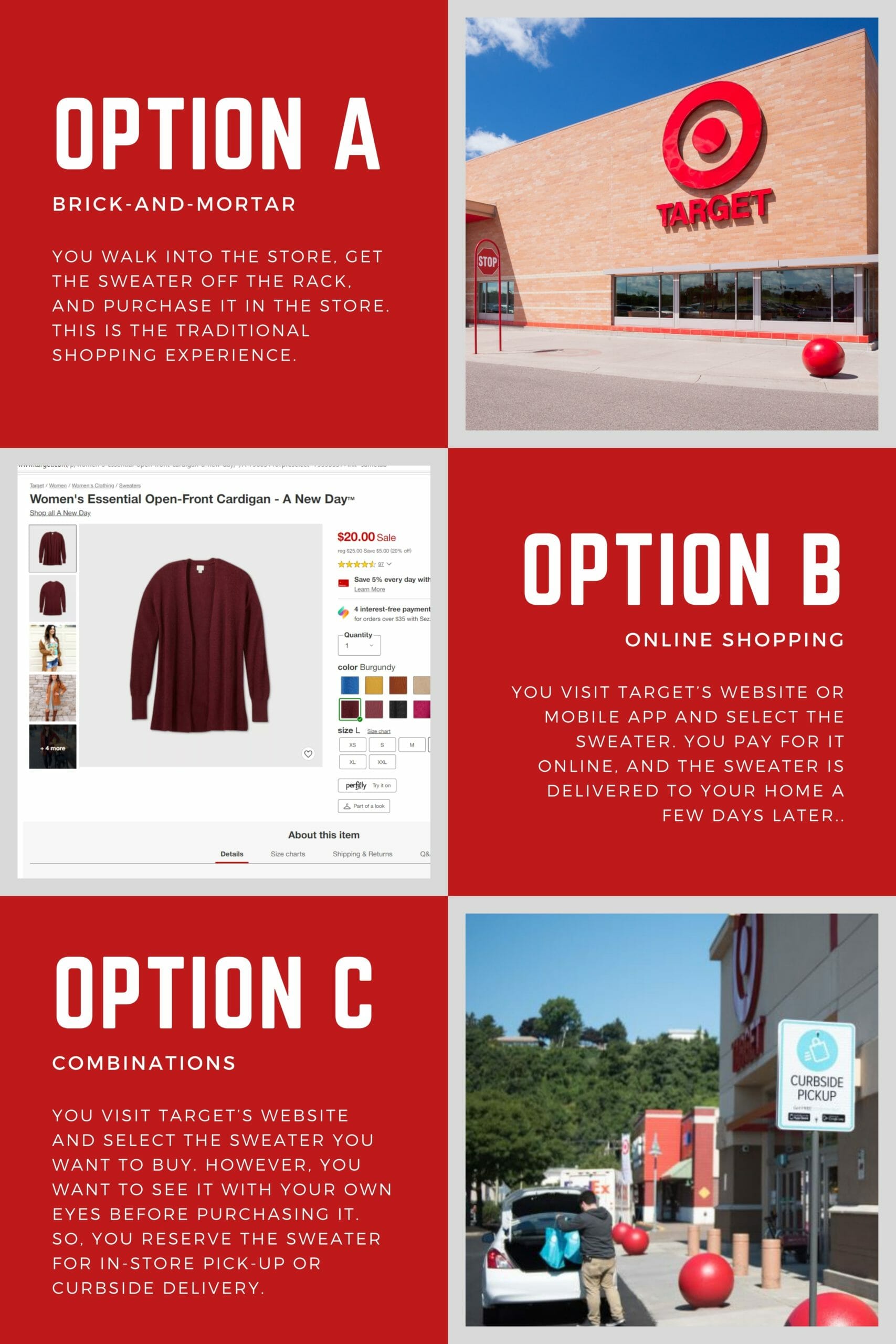The Rise of Omni-Channel Fulfillment
Life before the internet was simple. To communicate with someone, you either spoke in person, wrote a letter, or talked on the phone. Much like human interaction, logistics were a lot simpler in the pre-internet days. To buy goods, consumers just went to the store, and as long as the shelves were stocked, everyone was happy.
Fast forward to the present, and that just isn’t the case. Not only has the internet been integrated into the modern shopping experience – it’s become the backbone of nearly all commerce. Gone are the days when stocking shelves with the hottest items is enough to keep retailers afloat. Consumers expect a seamless buying process that is convenient for them. They want to choose their shopping experience, be it online, in-store, or a combination of the two.
To meet these high expectations, sellers have restructured the way they serve customers. In many cases, this comes in the form of omni-channel fulfillment. In essence, omni-channel means that businesses offer multiple forms of delivery in order to cater to their customers’ various wants and needs. Omni-channel fulfillment has been gaining traction for several years now. However, COVID-19 presented the sudden need for contactless commerce, which is most often achieved through some form of home delivery or curb-side service.
You might not realize it, but you interact with omni-channel retailers on a regular basis. Does your grocery store offer curbside delivery in addition to traditional brick-and-mortar shopping? If so, they are giving you (the consumer) multiple channels through which you can obtain their products.
In essence, omni-channel means that businesses offer multiple forms of delivery in order to cater to their customers’ various wants and needs.
The integration of e-commerce into our shopping habits has drastically influenced the way that sellers go about order fulfillment. In the video above, we used Target as an example of an omni-channel retailer. If you want to purchase a sweater from Target, you have multiple options for how you will purchase and receive it. Let’s break it down:

The common thread throughout this example is you. Target and other retailers desperately want consumers to feel unique and important. By offering multiple forms of shopping and delivery, they are ensuring that your specific wants and needs are addressed.
The New Normal For Retail
Though omni-channel seems most directly tied to retailing, it is actually a logistics issue. Two prominent factors in omni-channel fulfillment are inventory and transportation.
In order to serve customers on their terms, sellers must have inventory designated for each method of fulfillment. This means having enough inventory and having it in the right places. Transportation is also a big part of any successful omni-channel operation. When a customer orders an item online, a retailer like Target has to decide how they will deliver to the customer. Will they do it themselves, or will they use a third-party delivery company?
Ready or not, omni-channel fulfillment is the future of commerce. And, much due to the pandemic, it looks like the future is already here. Doing things “the old fashion way” simply won’t cut it for much longer. Is your supply chain optimized for omni-channel fulfillment, or will you get left in the dust?
